
I don’t know about you, but every year around May, I sit down to plan my summer. I gather all the important dates and put everything on the calendar – family reunions, summer camps for the kids, a beach vacation, and that brewery festival in August. Before I know it, my calendar is packed.
A friend asked me last night, “What are you doing with your summer?”
Everything.
And then there’s the garden.
I have these grand visions of wearing a big floppy sunhat, garden hose in hand, while I peacefully enjoy the mini-rainbow from the shower of water falling over the beans.
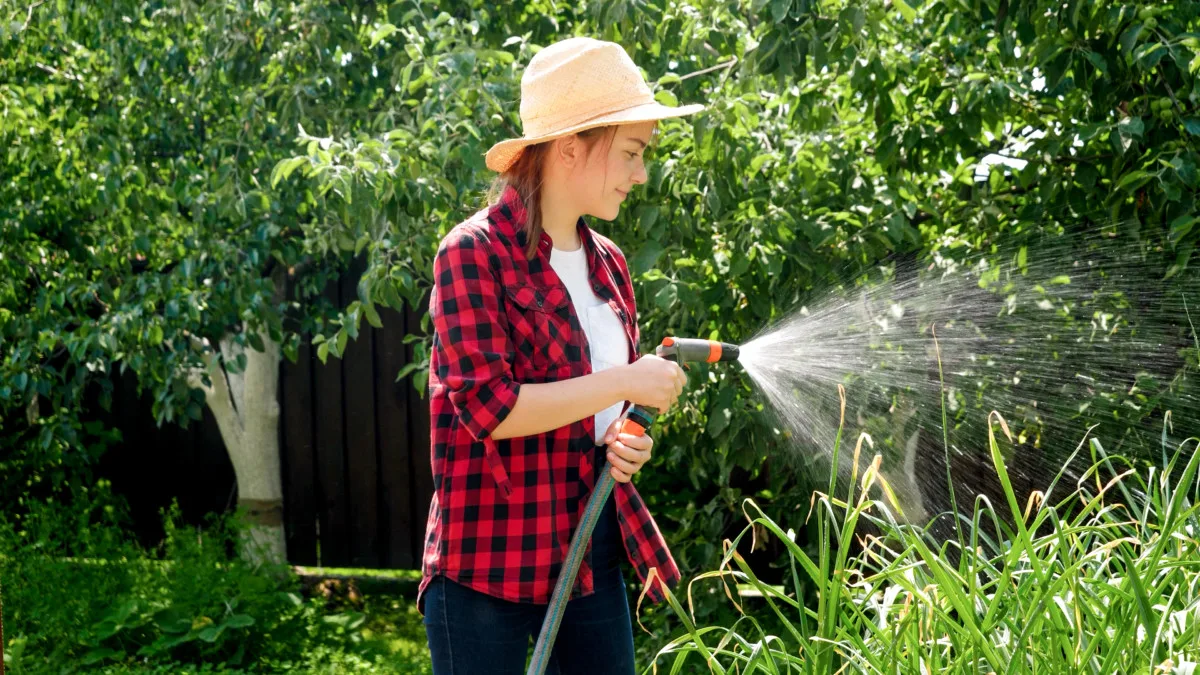
Usually, it’s me standing with the garden hose, cursing how long it’s taking because we have to leave to go camping, but I know that if things don’t get watered today, we’ll come home to a dead garden.
No matter how much you enjoy gardening, there comes a point where it feels like a chore, and the busy summer creeps in on enjoyable gardening time. Suddenly, this thing we used to find pleasure in becomes a headache.
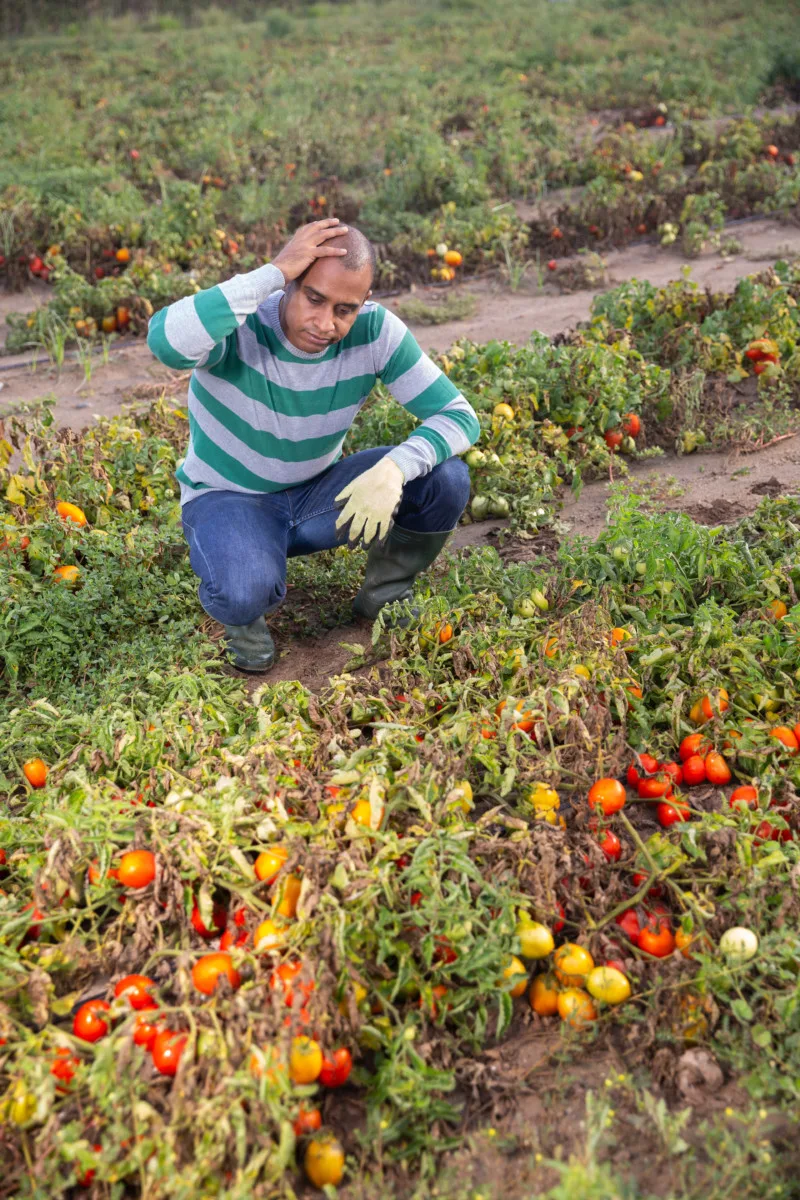
Well, my friend, if that’s the case, then it’s time to stop wasting time in the garden.
Yup, you heard me. We’re all guilty of it.
Here’s a list of ten ways we all waste time in the garden and tips to streamline its care. Before you know it, gardening will be something you look forward to again. And you’ll still have time to go to the blueberry festival and summer concert series.
1. Poor Planning
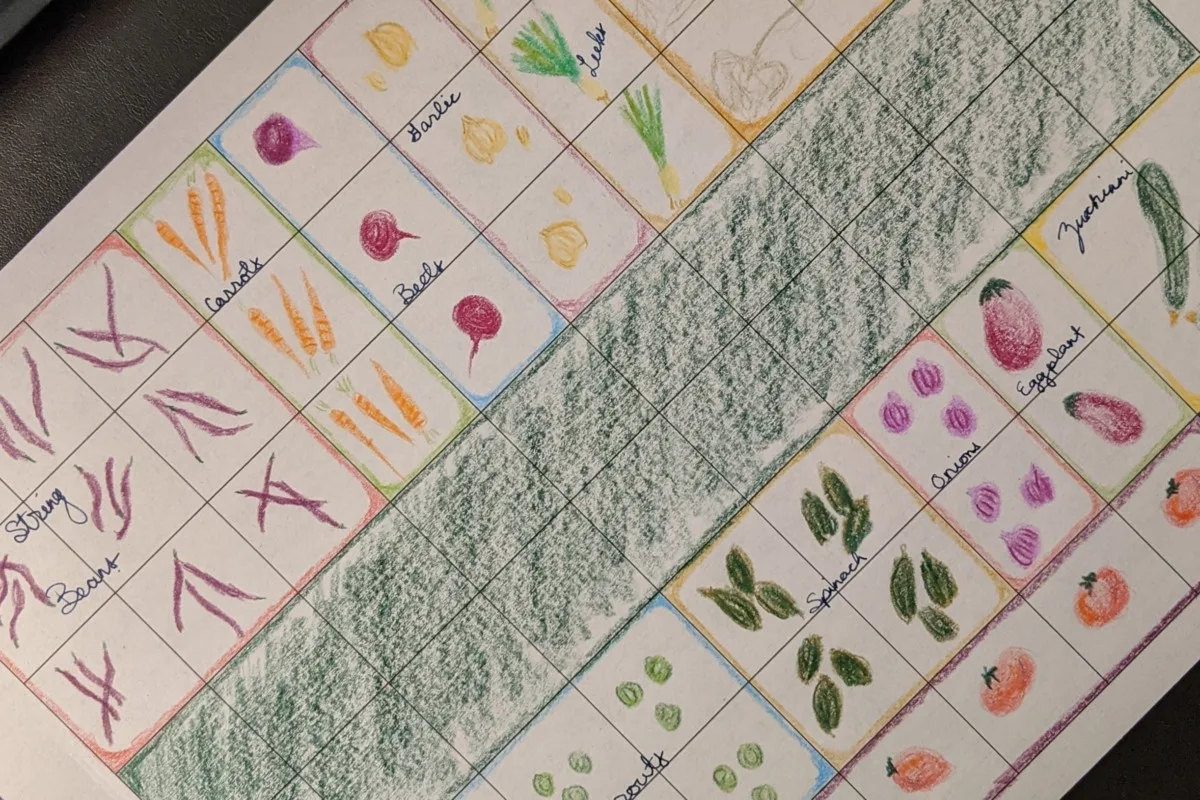
A time-saving garden starts before the first seed is planted. When you plan your garden each year, do you consider what your family eats the most of? Do you consider how much you rely on fresh herbs to cook? How about crops that take a long time to grow; where do you place them?
Think about your garden layout in relation to how you live.
If you grow fresh herbs for cooking, maybe planting them in the vegetable patch is costing you more time. Plant frequently used herbs by the door nearest the kitchen. You can easily plant most herbs in containers. Easy access means less time spent running back and forth to the garden.
If you enjoy certain vegetables that require a long growing season, plant those vegetables further from the house. Keep vegetables you find yourself picking frequently closer to your house. If you know your family could eat fried zucchini sandwiches daily for lunch, consider growing zucchini in a container on your patio. The idea is to cut down on your trips to the garden and put the food closer to the table.
When planning your garden, don’t forget to think of convenience and easy access to the vegetables you love most.
2. Tilling and Digging
For years, tilling the garden was an all-afternoon activity. Getting the rototiller running after it sat in the shed all year easily takes an hour or two.
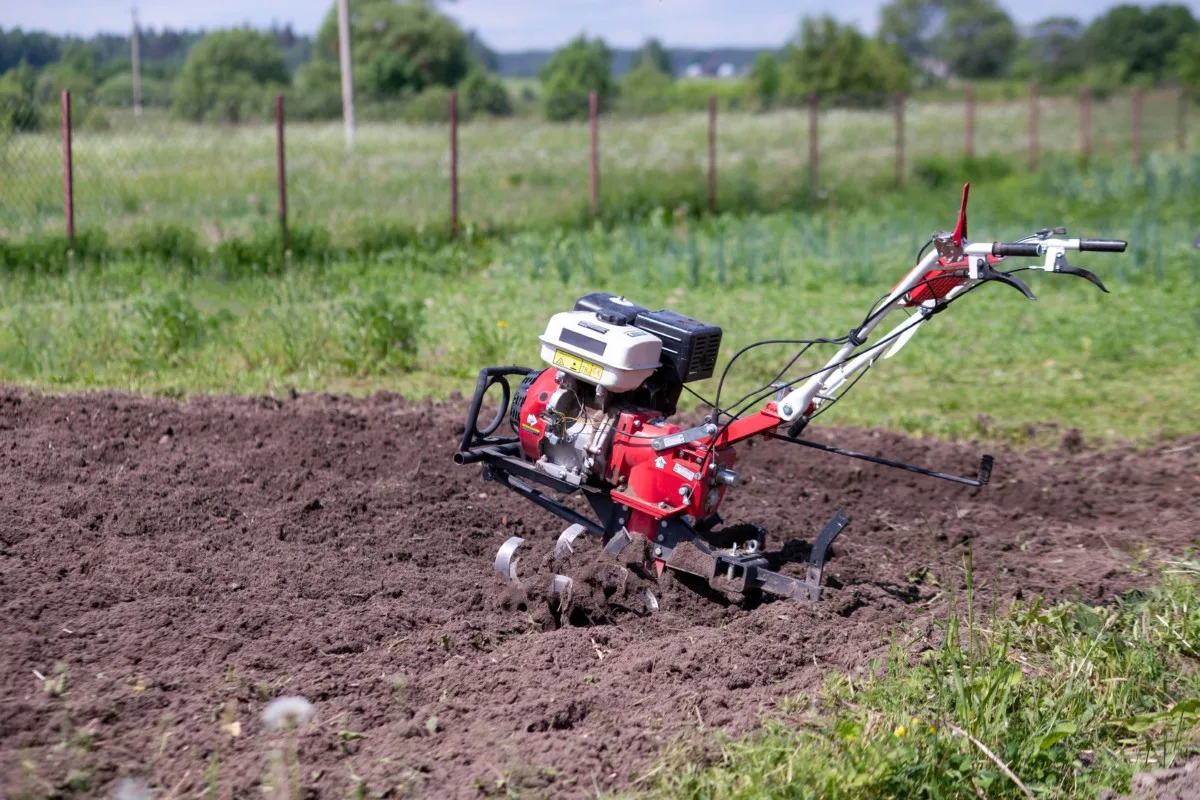
Then there’s the actual tilling itself. You’ve got to make several passes at a snail’s pace to get down in there and turn the soil. And you know you’ve got to do it all over again at the end of the season.
Just skip it entirely.
There’s no reason to dig up your yard or existing garden every year. Doing so leads to more work (weeds) and fewer crops each season. When we dig the ground, we’re destroying an important microbiome beneath our feet. The naturally occurring fungi and bacteria that grow underground are necessary for healthy plants.
This microbiome affects weed growth, drought resistance and the uptake of nutrients by your plants. A healthy soil microbiome can take years to grow. If you’re ripping it up every year, you’re making more work for yourself.
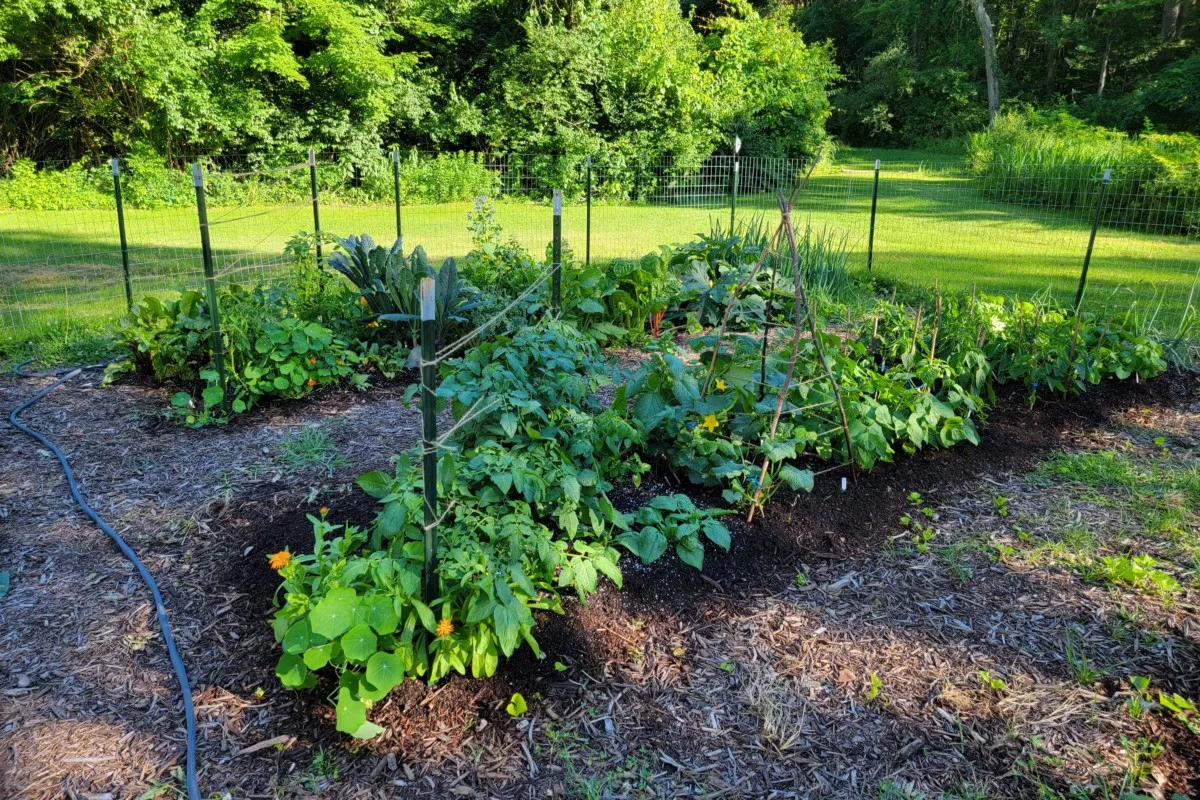
To cut back on time wasted in the garden, give no-dig gardening a try. We parked the rototiller in the shed a year ago and did our first no-dig garden. We were shocked by how much produce we got from a smaller area than we did in previous years without the extra work of digging.
3. Planting Annuals
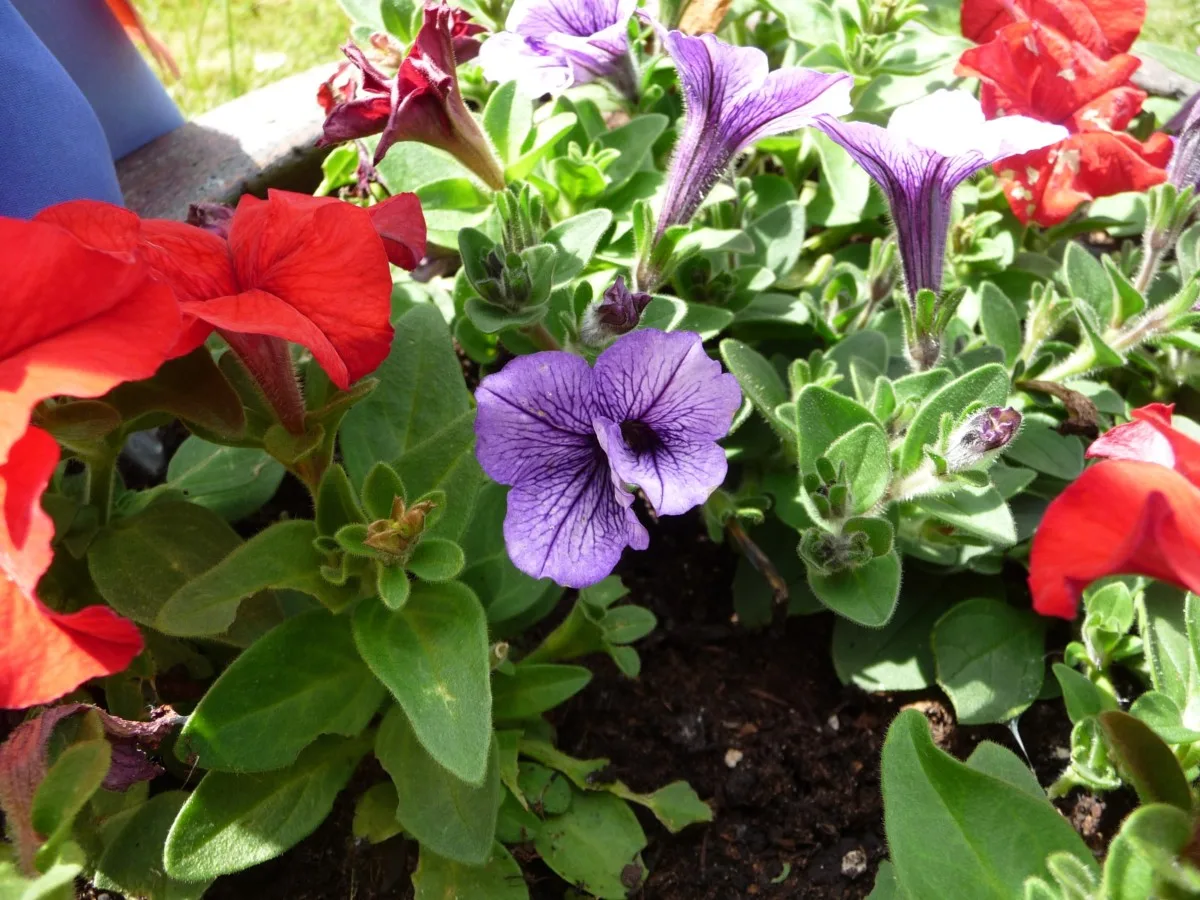
If you love flowers but want more time to enjoy them rather than getting them to grow, it’s time to consider perennials. Annuals grow quickly but need to be reseeded every year. And that means starting them yourself indoors or buying transplants from a nursery.
Once they flower, annuals generally need to be deadheaded to keep them blooming. Deadheading can become a lengthy chore if you’ve got substantial flower beds.
Perennials make an excellent time-saving option to beautify your landscape. Especially if you choose native species. Perennials come back each year and fill in flower beds without reseeding. If you choose native species, you’re choosing plants that grow and flourish where you live, making them even more hands-off.
4. Choosing Fussy Plants

Every winter, when the gardening catalogs hit my mailbox, my eyeballs glaze over, and I order all the pretty vegetables. Look! Purple Brussels sprouts, ooh, I need those cute lilac-colored eggplant, and isn’t that Micro Tomato cool?
Do I bother to read customer reviews to assess things like flavor? Do I look into germination rates for the seeds? Or whether or not that particular variety of red carrot does well in my growing zone?
Nope.
We all do it. How about looking for plants that are disease resistant? Do you have squash bugs every year but still buy the same variety of zucchini? Do you love the idea of heirloom tomatoes but get frustrated with the catfaced and cracked fruit they produce?
If you’re also guilty of picking out plants that are ill-suited for your garden or growing zone, then maybe it’s time for us to be more realistic about our plant choices.
Perhaps it’s time to look for disease-resistant varieties or hybrids that are more drought-resistant. Would you rather have a bumper crop of green Brussels sprouts or a handful of pretty purple ones? Maybe choosing an indeterminate tomato variety that takes 100 days to mature when you live in a short-season zone isn’t the best tomato for you.
Choosing varieties suited to your growing zone, annual pests and care needs can go a long way in saving you time.
5. Weeding
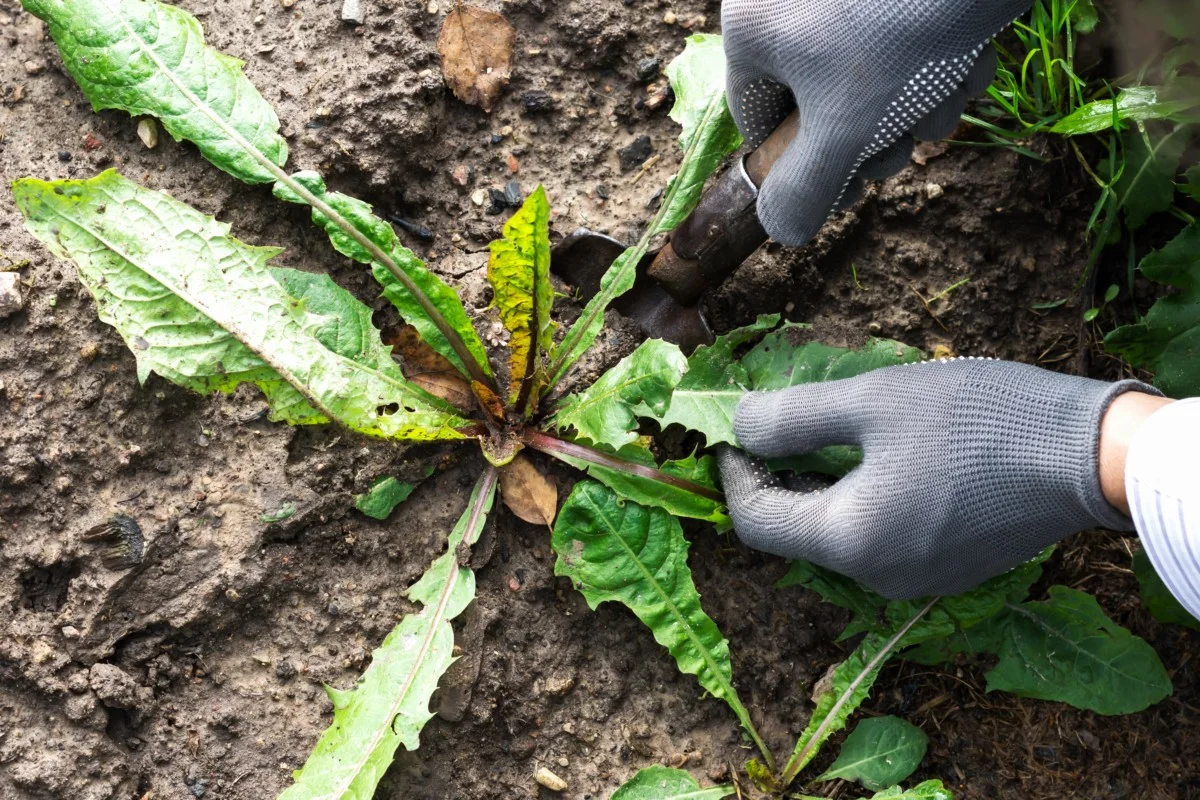
Wait, don’t you have to weed your garden, Tracey?
Well, yeah, you do, but you don’t have to make a chore out of it.
If there is one thing you can do to cut wasted time in the garden, it’s mulching. A good layer of mulch, even on the paths, goes a long way to suppressing weeds.
And get into the habit of good weeding practices. I have a rule – anyone who goes into the garden must pull ten weeds while there. This rule applies to me, my sweetie, the kids, and even visiting dignitaries. Grab some weeds on your way out.
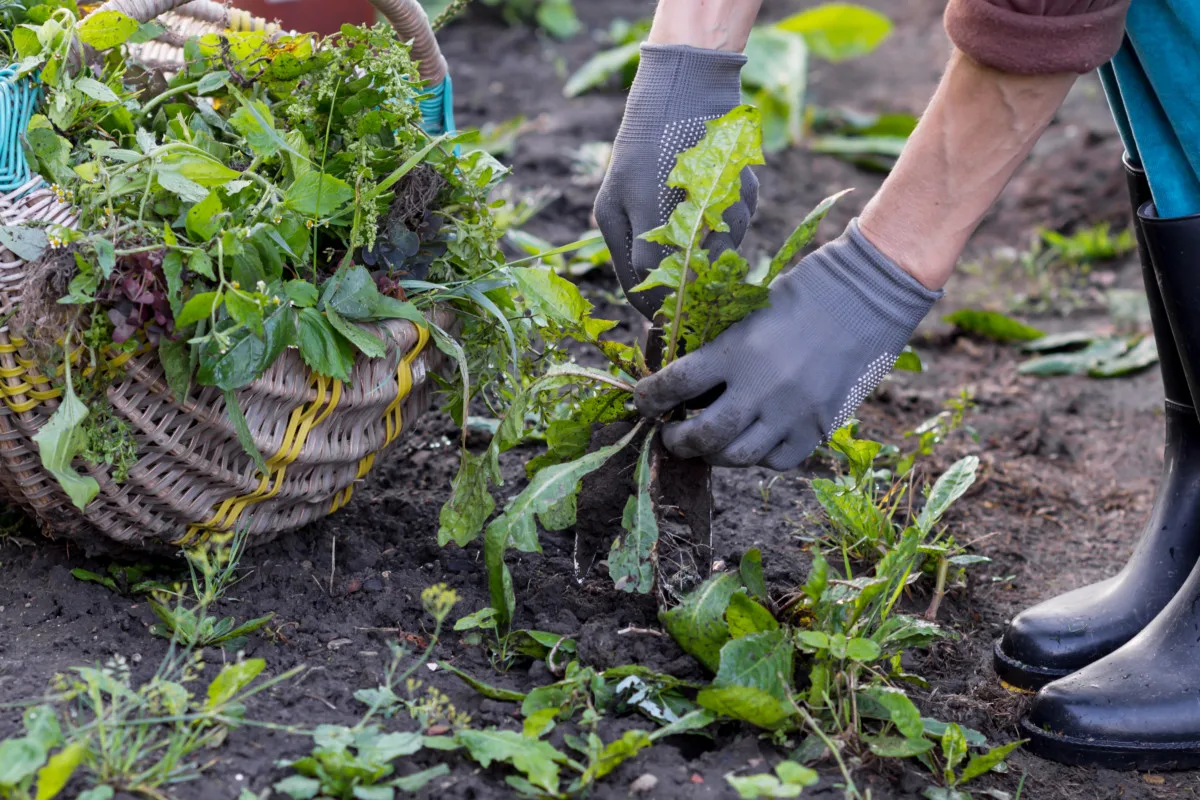
A handful pulled here and there keeps weeding from becoming a chore that lasts all weekend.
6. Watering
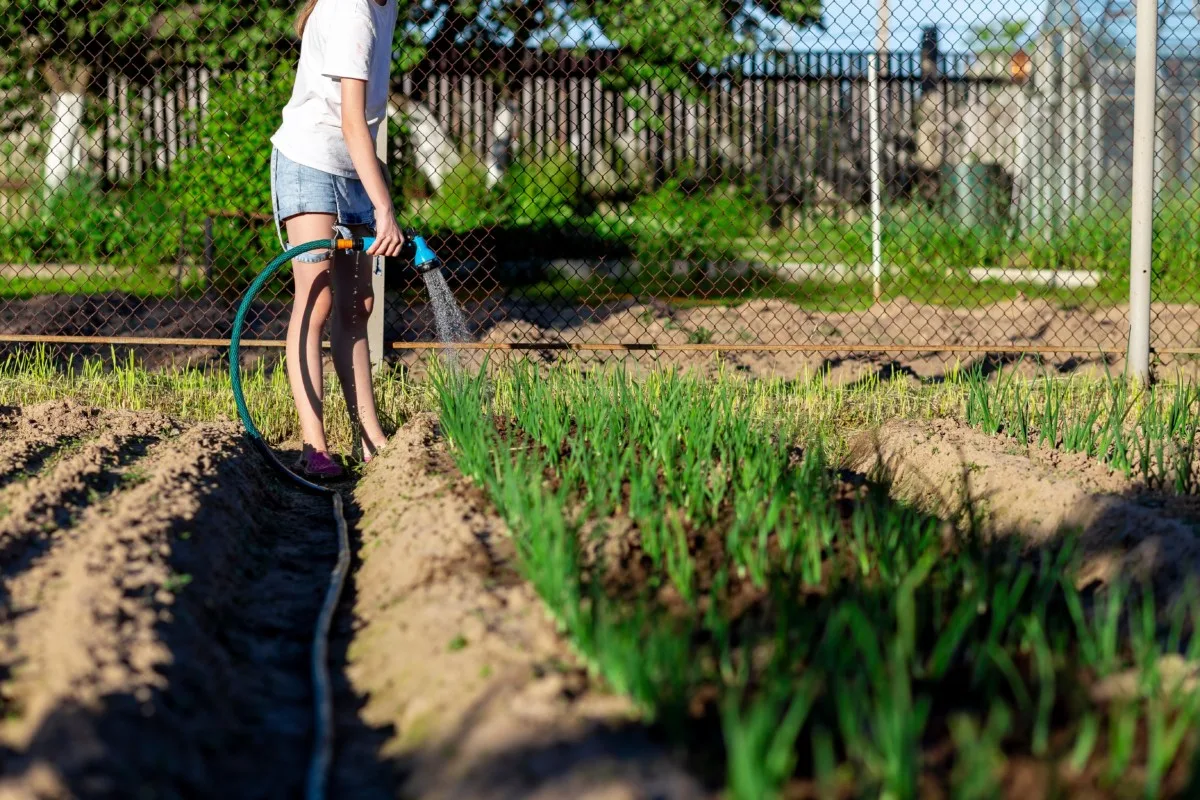
I know some folks find watering their garden a peaceful activity, and given a lazy Sunday morning, it’s something I enjoy too. But most of the time, it’s a hassle.
Water retention is another reason to mulch your garden at the beginning of the season. A good layer of mulch not only suppresses weeds but holds precious moisture in the soil.
While you’re at it, applying a quality mycorrhizae blend is also a good idea if you want to water less. The mycorrhizae increase the surface area of roots, enabling them to reach deeper into the ground and take up more water. Using mycorrhizae ensures drought-resistant plants.
When you water, ensure you’re watering deeply, saturating the ground. A good soaking forces roots deeper, making them more drought-resistant.
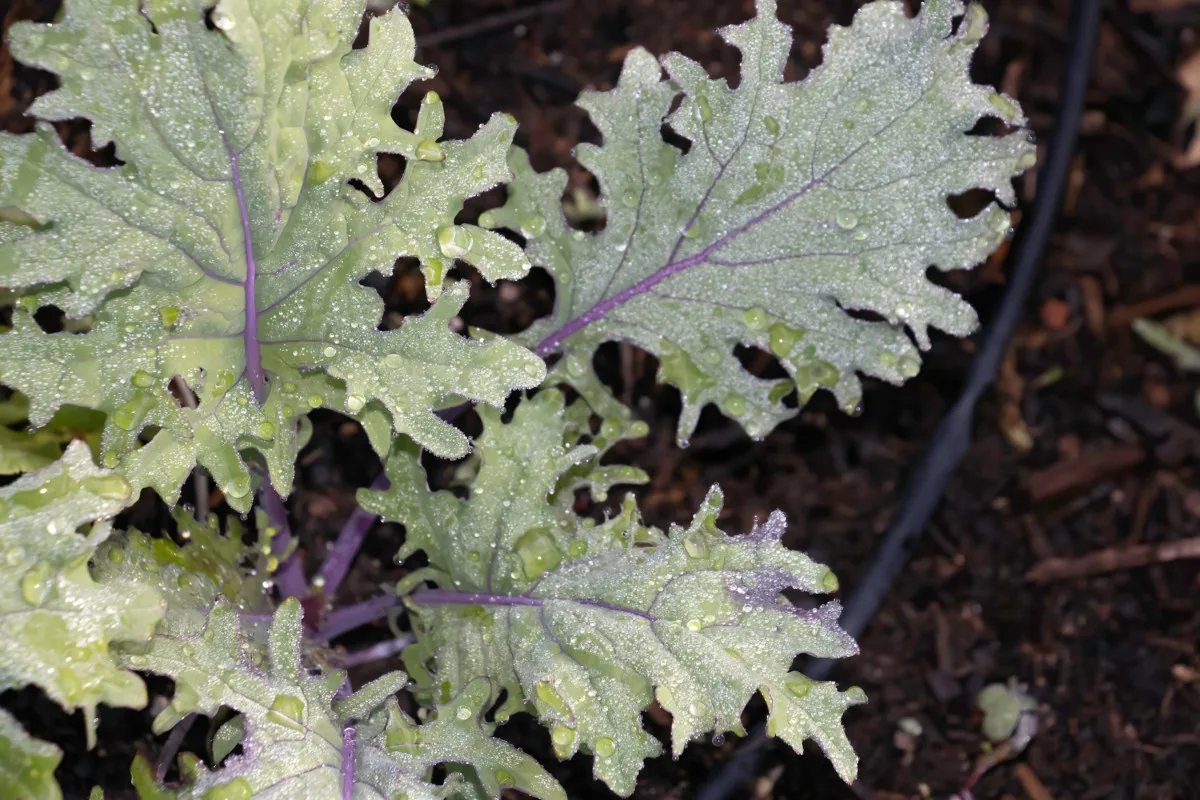
If you want to save time watering, set up a soaker hose throughout your garden with an inexpensive watering meter. I use this one, by B-Hyve, and can water the garden no matter where I am with just a tap on my phone.
7. Digging Your Potatoes
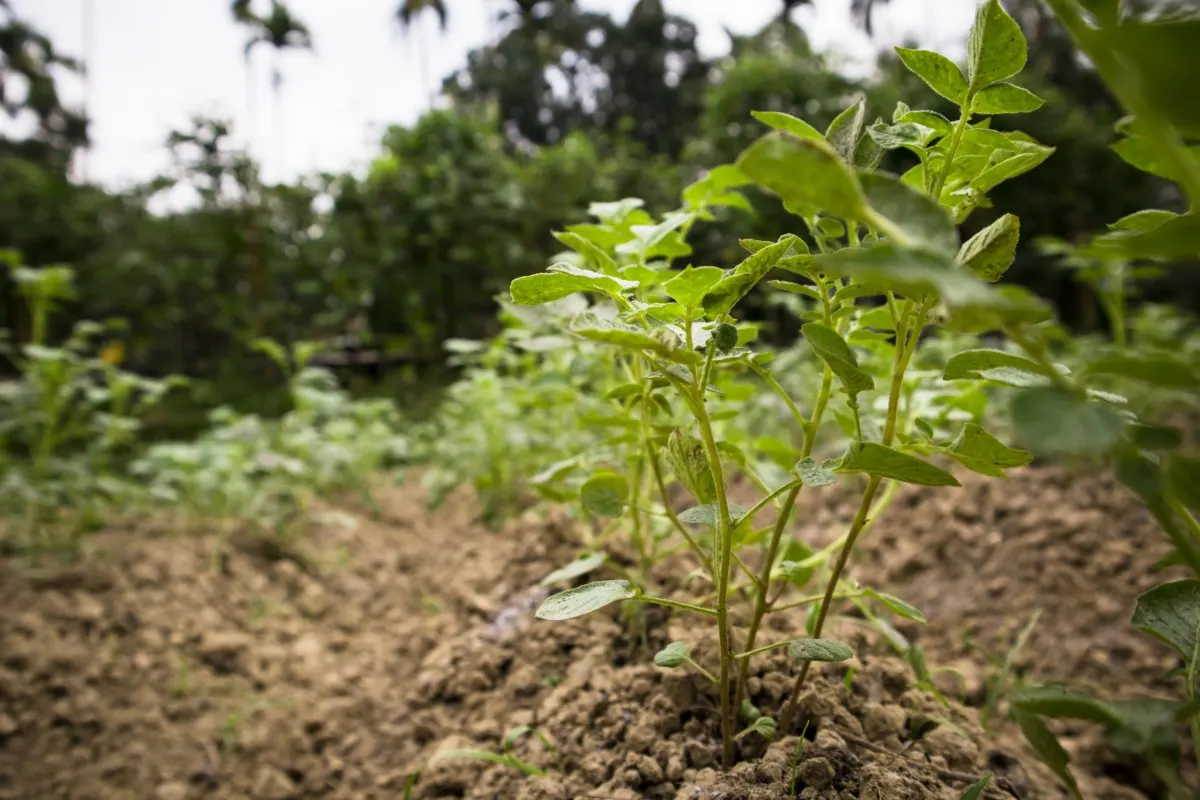
If you grow potatoes, you know how laborious they can be – digging the trenches to put the seed potatoes in, hilling them up once the sprouts grow a bit, hilling them up again. Then, at the end of the season, you must dig them up while being careful not to pierce them.
I’ve got two time-saving ways to grow potatoes that give you as good yields as, if not better, than growing potatoes in hills of dirt.
The first is to grow your potatoes above ground using straw. Rather than digging the potatoes in, you place them on top of the soil and cover them with straw, continuing with more straw as the plants grow. To harvest your potatoes, you simply peel back the straw. No digging and no potatoes scored by a shovel.
Another easy way to grow potatoes is with a 5-gallon bucket.
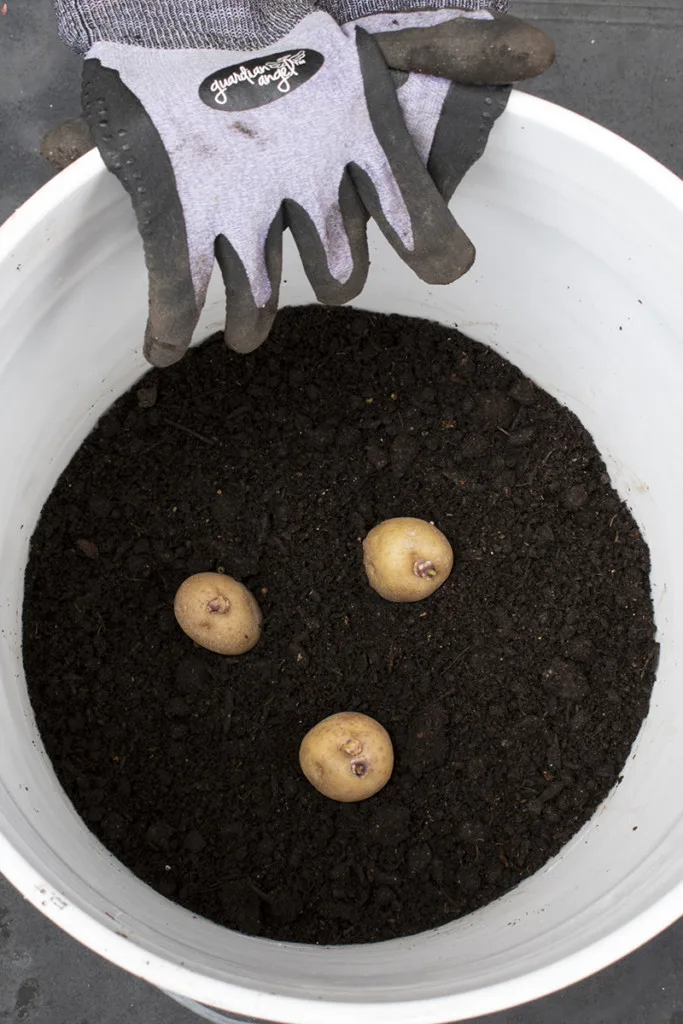
You can grow potatoes right on your back deck with buckets. And when they’re ready to harvest, simply dump out the bucket to find a mess of potatoes.
8. Mowing
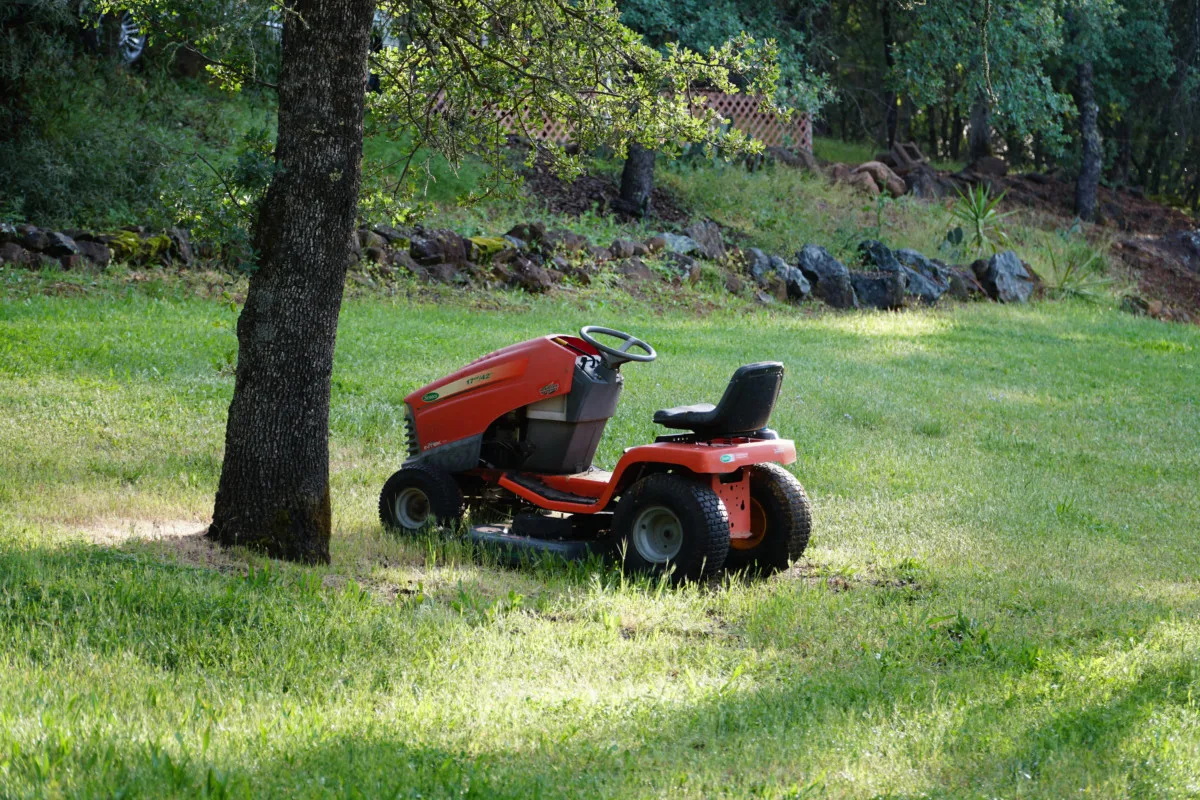
How many hours each summer do you spend mowing the lawn?
This may be the year to consider rewilding a portion of your property. There are many benefits to giving back some of your lawn to nature. You’ll increase the habitat for many animals and insects, including pollinators. One of the greatest benefits is less time spent mowing.
You could choose to turn your turf lawn into a creeping thyme lawn, which requires little to no mowing at all. At the least, you can swear off mowing every May for No-Mow May.
9. Overly Complicated Pest Control
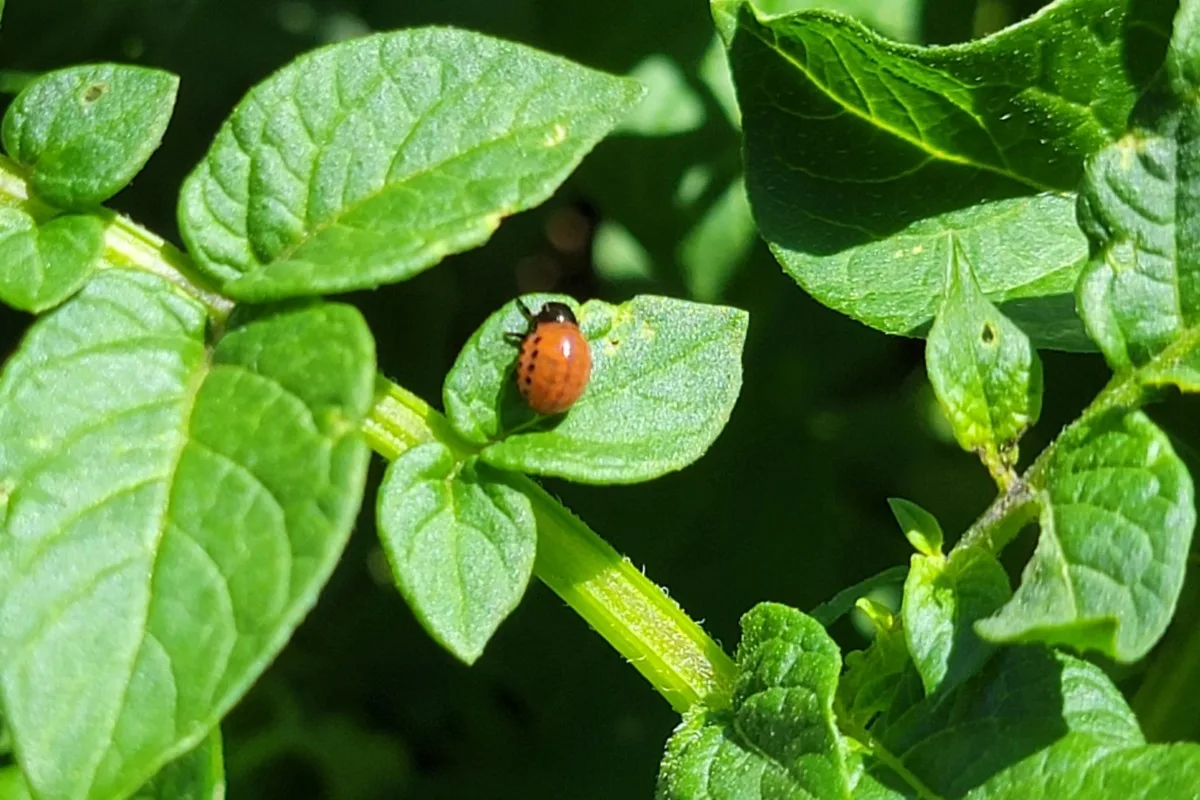
As gardeners, we feel we must act when we see a pest in our gardens. That first Japanese beetle sends us running for the pyrethrin. The sight of a fat, orange pupa on our potatoes has us reaching for the neem oil. So begins weeks of evening neem oil sprays, soil drenches, and frequent trips to the garden “to check on things.”
What would happen, though, if we waited. Or an even scarier thought, what would happen if we did nothing?
In recent years I’ve been hands-off when it comes to garden invaders. Nature has provided plenty of pests who will happily nibble away at our crops. She has also provided us with predatory insects which, if given a chance, will happily nibble away at the pests.
Most of the time, these unseen micro-battles take care of themselves.
And while a few leaves may be nibbled, or a single plant may die, we rarely lose an entire crop. We’ve been trained (usually by one too many commercials for pesticides) to believe that when pests arrive, we have to act or risk losing our garden.
Rarely is this the case. Save yourself some time, and let the pests and predatorial insects battle it out without your intervention.
10. Having an Empty Tool Box
Gardening is a hands-on activity, to be sure, but sometimes a little help from the right tool can speed up a job and make it easier.
How often do you get out to the garden only to realize you’ve left your trowel on the back porch or in the garden shed? Purchase an outdoor storage box and keep it in the garden. Make sure all your hand tools are in it, knee pads, gloves, bottles of fertilizers, twine, scissors, etc.
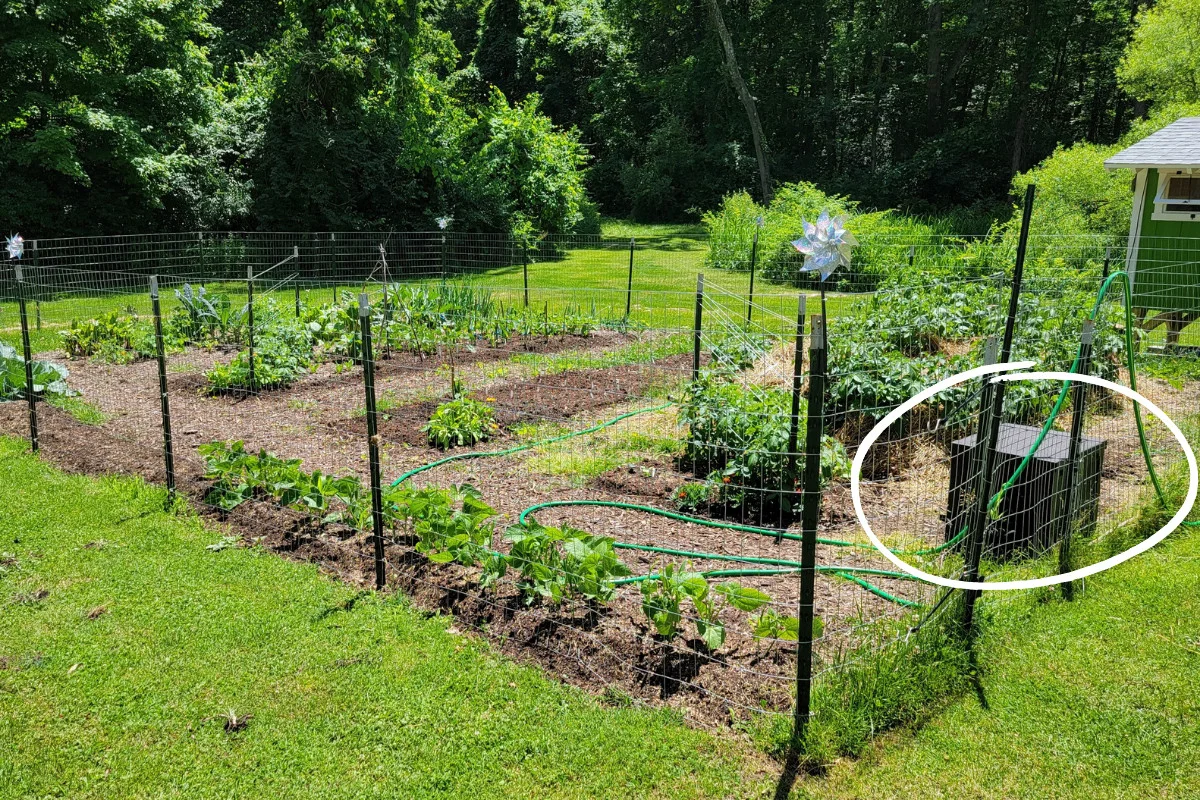
If you use it in the garden, keep it in the garden.
Take an inventory of your tools; if there is something you need that will cut down on time, perhaps this is the year to buy it. Thinking about how your time is spent in the garden will help you find activities that could be sped up with the right tool.
Do you need a wheelbarrow or wagon to move things to the compost pile?
A good sharp hori hori can help cut time in the garden. This special tool can be used as a shovel, a knife, or a seed trowel. It’s great for cutting down through the soil to weed. Having one tool that serves many purposes can save more time than many tools with only one purpose.
Do you waste time unwrapping the hose and rewrapping it each time you water? Consider using two smaller hoses with a quick-connect coupler in between them. Keep one hose in the garden and the other by the spigot. You’ll have less to unwrap and rewrap.
Bring a pad of paper and a pen to the garden and write down things you do that could use a bit of streamlining. Note any tools that are old and worn and need to be replaced. You may surprise yourself with how many time-saving ideas are generated while at work.
Once you trim your gardening chores to a more manageable schedule, you’ll have more time to spend elsewhere during the warmer months. Because as much as we all love to garden, this is also the time of year to enjoy the weather outside. By adjusting how you garden, you can easily free up time and still have beautiful and healthy plants.

Get the famous Rural Sprout newsletter delivered to your inbox.
Including Sunday musings from our editor, Tracey, as well as “What’s Up Wednesday” our roundup of what’s in season and new article updates and alerts.

